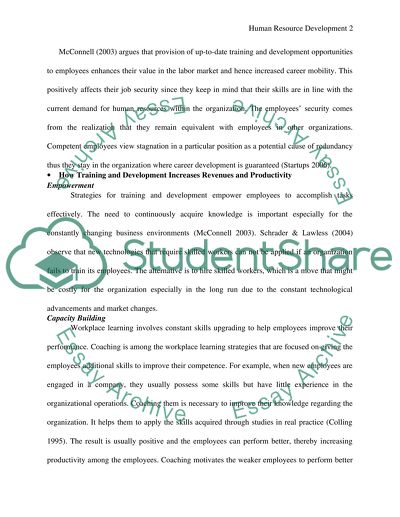Cite this document
(“Significance Of Training And Development In Employee Retention Research Paper”, n.d.)
Retrieved de https://studentshare.org/other/1391597-human-resource-development
Retrieved de https://studentshare.org/other/1391597-human-resource-development
(Significance Of Training And Development In Employee Retention Research Paper)
https://studentshare.org/other/1391597-human-resource-development.
https://studentshare.org/other/1391597-human-resource-development.
“Significance Of Training And Development In Employee Retention Research Paper”, n.d. https://studentshare.org/other/1391597-human-resource-development.


